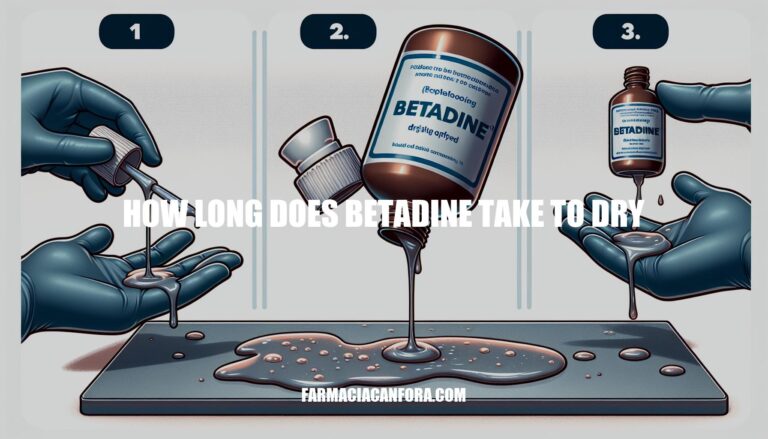


Knowing how long Betadine takes to dry is crucial in medical and first aid contexts. Betadine, a widely used antiseptic, needs to dry properly to maximize its effectiveness in killing bacteria and preventing infections. In wound care and surgical preparations, ensuring Betadine is dry before applying dressings or proceeding with procedures helps create a sterile environment, reducing the risk of complications.
Here are the factors that influence how long Betadine takes to dry:
Application Method: The way Betadine is applied affects drying time. For instance, a thin layer applied with a spray will dry faster than a thick layer applied with a swab.
Amount Used: The more Betadine you use, the longer it will take to dry. A small amount will dry quickly, while a larger amount will take more time.
Environmental Conditions: Humidity and temperature play significant roles. Betadine dries faster in a warm, dry environment compared to a cool, humid one.
Under normal conditions, Betadine (povidone-iodine) typically takes about 2 to 3 minutes to dry when used for preoperative skin preparation. For surgical scrubs, the drying time can be around 5 minutes.
Here are some practical tips to reduce the drying time of Betadine:
These tips should help you reduce the drying time effectively.
Understanding the drying time of Betadine is crucial in medical and first aid contexts. Factors influencing drying time include application method, amount used, and environmental conditions.
Under normal conditions, Betadine takes 2-3 minutes to dry for preoperative skin preparation and 5 minutes for surgical scrubs.
Practical tips to reduce drying time include: